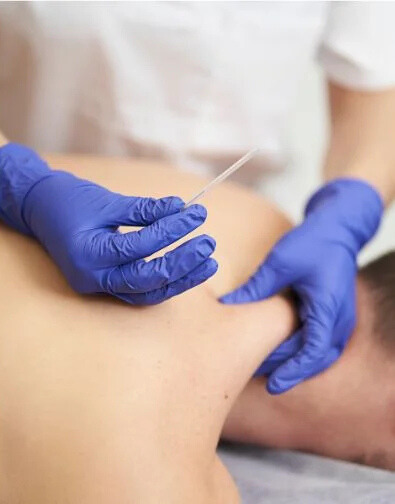
13 Oct Dry Needling for C-Section Scars: A Pelvic Floor Physio’s Guide to Healing Beyond the Surface
How can dry needling for C-section scars help reduce pain, improve mobility, and help you reconnect with your core after surgery?
If you’ve had a Caesarean section, you’re not alone—about 1 in 3 births in Australia are via C-section. While most women expect some tenderness during the early healing phase, what many don’t realise is that C-section scars can cause long-term issues such as pain, tightness, numbness, and even pelvic floor dysfunction.
One treatment that’s gaining attention in women’s health is dry needling. This modern technique is used by trained physiotherapists to target myofascial restrictions, nerve hypersensitivity, and muscle tightness. But how does it actually help with C-section scars?
Understanding the Scar
Your C-section scar isn’t just skin deep. Multiple layers of tissue—skin, fat, fascia, and muscle—are affected. Scar tissue can stick to underlying structures, leading to tension, altered posture, and discomfort with movement, especially around the lower abdomen and pelvis.
Some women report:
- A pulling sensation when standing up straight
- Reduced core strength or trouble activating their deep abdominal muscles
- Pelvic pain or bladder urgency
- Emotional disconnection or discomfort with the scar area
How Dry Needling for C-Section Scars May Help
Dry needling for C-section scars involves inserting fine, sterile needles into areas of tight muscle or scar tissue to release tension and encourage healing. It’s different from acupuncture; it’s based on Western medicine principles and aims to reduce pain, increase mobility, and improve function.
For C-section scars, dry needling can:
- Improve blood flow and tissue healing
- Release fascial adhesions
- Reduce nerve sensitivity and numbness
- Reconnect sensory and motor control to the area
- Support emotional healing by restoring body awareness
Is It Painful?
The needles used for dry needling for C-section scars are very thin and often cause only a mild prick or twitch response. Many women feel a sense of release or even relief during the session. Your physiotherapist will always work within your comfort zone and explain what to expect.
When Is Dry Needling Safe?
Dry needling is generally safe after the scar has fully healed—usually around 8 to 12 weeks post-birth, depending on how your body is healing. A women’s health physio can assess your scar, pelvic floor, and abdominal function to determine if and when dry needling might be appropriate for you.
It’s More Than Just the Scar
C-section recovery is complex—it involves your core, pelvic floor, posture, and sometimes your emotions. Dry needling can be a helpful part of a broader rehab plan that might include soft tissue release, breathing techniques, pelvic floor retraining, and gentle exercise.
If you have questions about dry needling for C-section scars or want to explore your options for postnatal recovery, our pelvic floor physiotherapists at Western Womens and Mens Health are here to support you. Reach out to book an appointment via our online booking system or call our team for quick support. We are more than happy to provide information about how we can help you on your healing journey.
